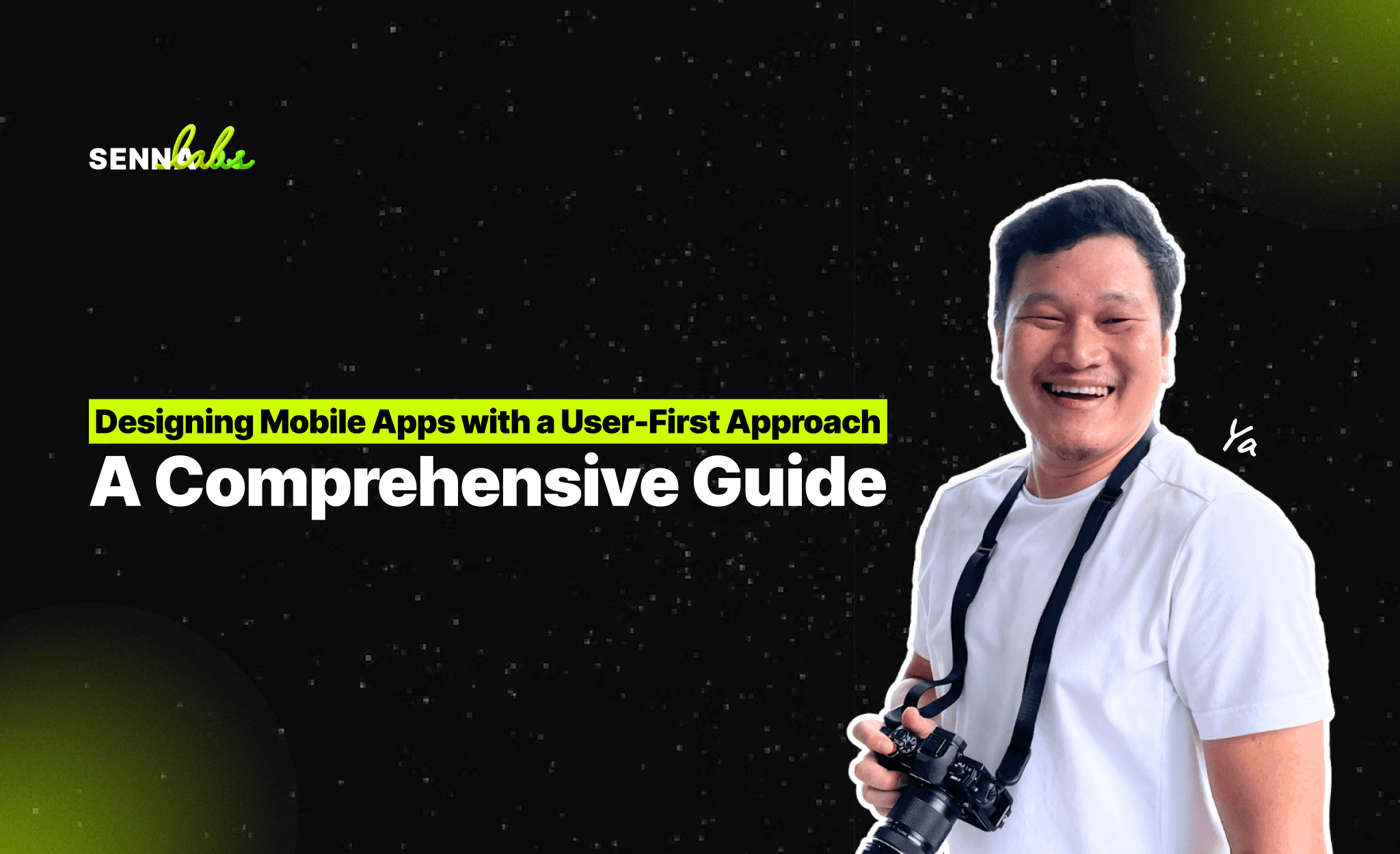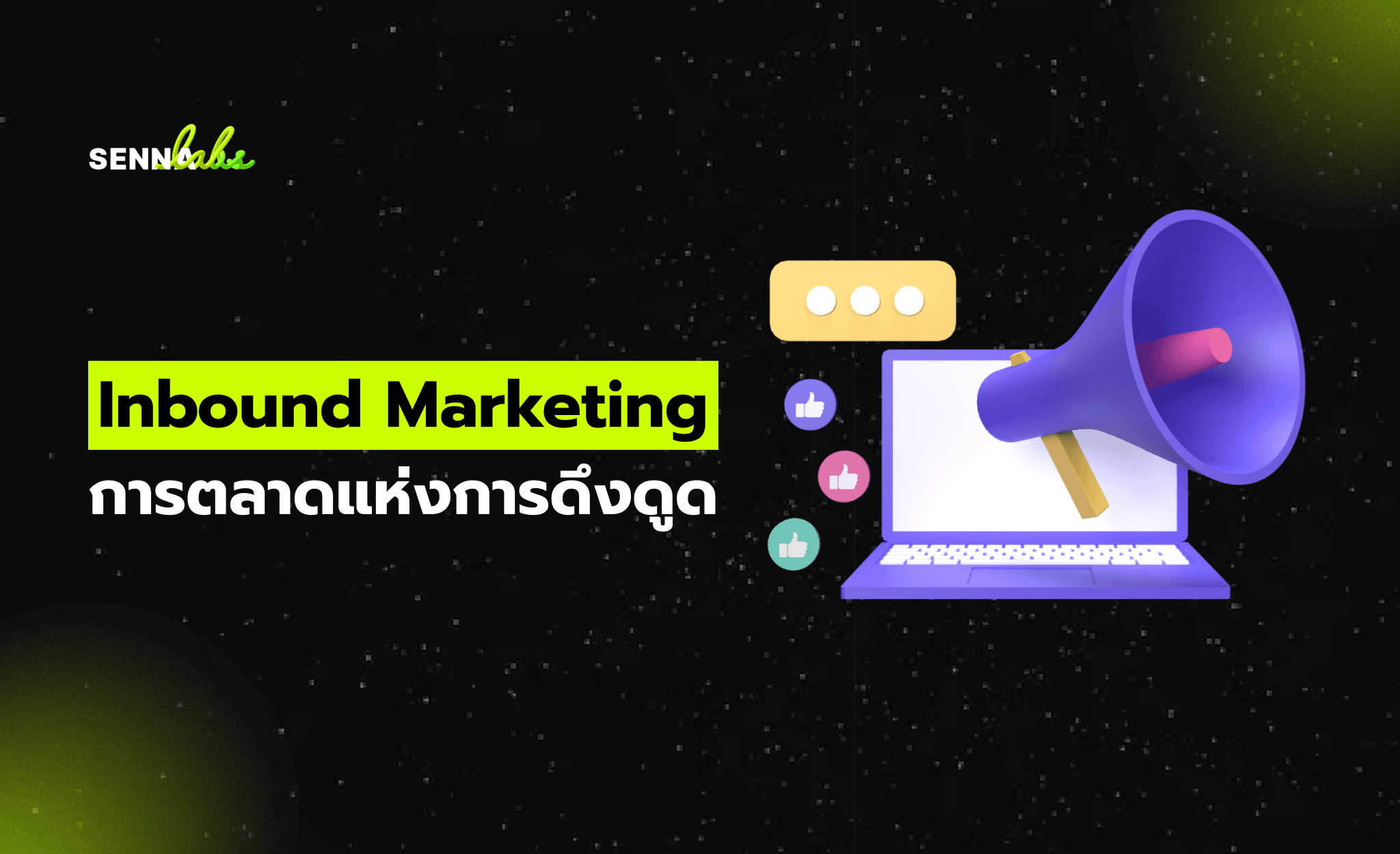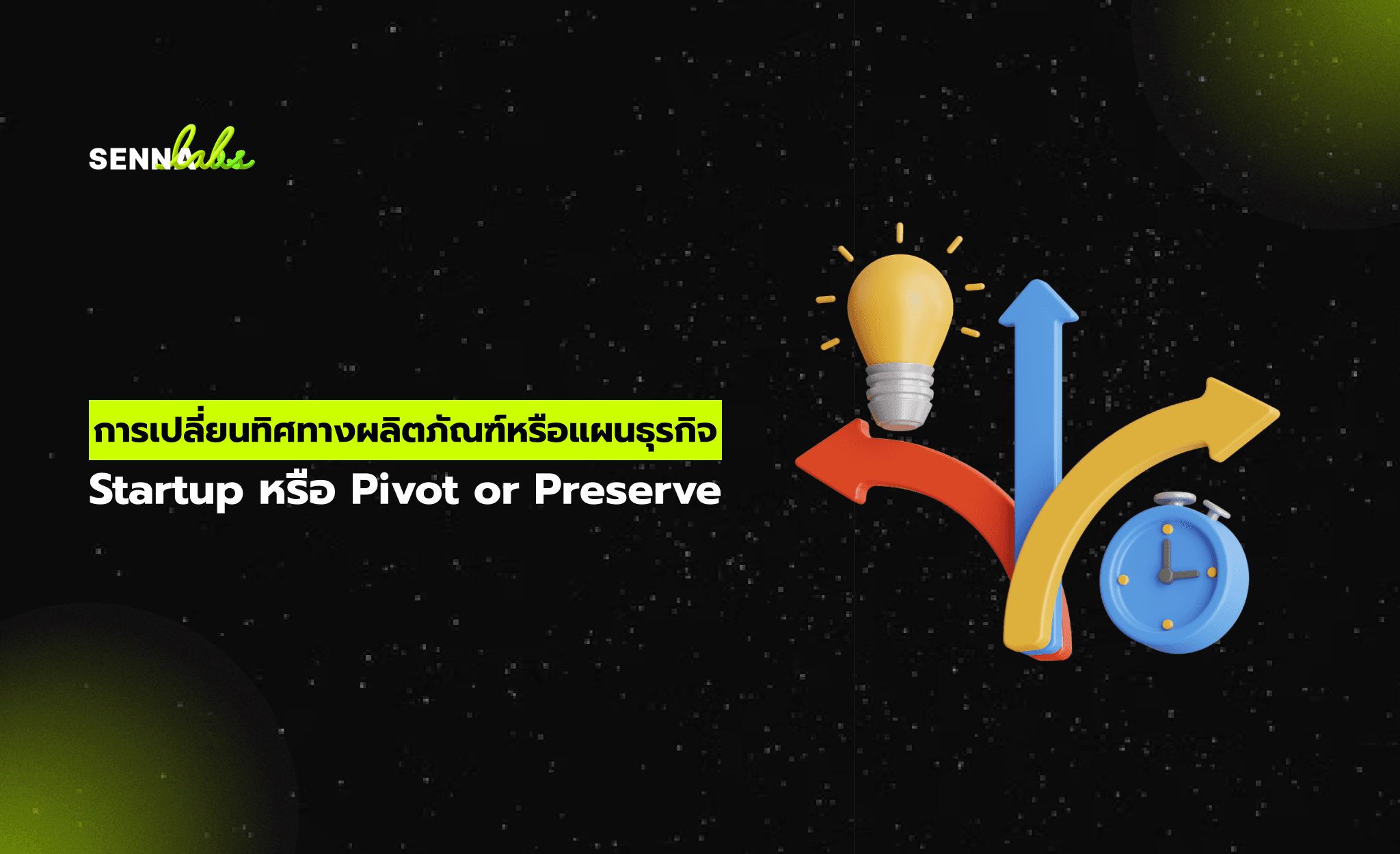Designing Mobile Apps with a User-First Approach: A Comprehensive Guide
Share

In today’s competitive digital landscape, businesses are constantly striving to deliver better, more intuitive experiences for their users, especially on mobile platforms. With the increasing reliance on mobile apps for shopping, banking, communication, and entertainment, delivering an exceptional user experience (UX) is no longer optional—it is a necessity. One of the most effective ways to achieve this is by taking a user-first approach to mobile app design, where the needs, preferences, and behaviors of users guide every design decision.
This article explores the importance of designing mobile apps with a user-first approach and offers a comprehensive guide to achieving it. We'll also examine a real-world use case where a retail chain revamped its mobile app based on user research, leading to a more seamless shopping experience and higher user engagement.

What is a User-First Approach in Mobile App Design?
A user-first approach prioritizes the end-user’s needs, expectations, and behaviors throughout the design process. Instead of focusing solely on business goals or technical capabilities, a user-first design ensures that every element of the app is crafted with the user in mind. It means understanding what your users want to accomplish, how they interact with your app, and what obstacles might prevent them from having a smooth experience.
By adopting a user-first approach, businesses can deliver apps that are not only functional but also delightful to use. This method leads to higher user satisfaction, increased engagement, and ultimately, better retention rates.
Why a User-First Approach is Critical
Here are some key reasons why adopting a user-first approach in mobile app design is essential:
1. Improved User Experience
When the design process begins with the user’s needs, the final product is much more likely to be intuitive, easy to navigate, and enjoyable to use. A mobile app that delivers a smooth, enjoyable experience is more likely to keep users engaged and encourage them to return.
2. Higher Engagement and Retention
Users are more likely to spend time in an app that is designed with their preferences and pain points in mind. When users feel that an app is designed specifically to meet their needs, they are more likely to engage with it regularly and stay loyal to the brand.
3. Reduced Friction
A user-first design approach focuses on eliminating friction in the user journey. Friction is anything that hinders users from achieving their goals easily—whether it’s a confusing navigation system, unnecessary steps in a process, or poor design choices. Reducing friction can help prevent frustration, making the user experience smoother and more enjoyable.
4. Competitive Advantage
In a crowded app marketplace, a superior user experience can be a differentiator. A well-designed, user-friendly app will stand out from competitors and can become a key selling point for customers.
Steps to Implementing a User-First Approach in Mobile App Design
1. Conduct User Research
Before beginning the design process, it's critical to understand your users. This involves conducting user research to gain insights into who your users are, what they want from your app, and what challenges they face when interacting with it. Common methods of user research include:
-
Surveys and questionnaires: Ask users about their preferences, habits, and pain points.
-
User interviews: Speak directly to users to gather deeper insights into their needs and behaviors.
-
Analytics data: Analyze user behavior in your current app (or on your website) to identify common patterns and areas of friction.
-
Competitor analysis: Study competitor apps to identify strengths and weaknesses in their designs.
By gathering this data, businesses can make informed design decisions that align with user expectations.
2. Develop User Personas
Once you have collected user data, the next step is to create user personas. A user persona is a fictional representation of your app’s ideal user, based on the insights you gathered. It typically includes demographic information (age, gender, occupation), behavioral traits, motivations, and pain points.
For example, if you're designing an app for a retail chain, a user persona might look like this:
-
Name: Sarah, 35
-
Occupation: Working mother of two
-
Tech habits: Shops online weekly, uses mobile apps for convenience, values personalization
-
Pain points: Finds it frustrating when apps have too many steps in the checkout process
User personas help keep the design team focused on the real needs of the end user. Every decision can be made with Sarah’s experience in mind, ensuring that the app will meet the needs of similar users.
3. Focus on Easy Navigation and Usability
One of the key pillars of user-first design is easy navigation. Users should be able to move through the app effortlessly and find what they need without confusion or delay. Here are some best practices for creating user-friendly navigation:
-
Use familiar design patterns: Stick to familiar design elements, such as hamburger menus, icons, and buttons, that users are already comfortable with.
-
Keep it simple: Avoid cluttering the interface with too many options. Focus on the core tasks that users want to complete and eliminate unnecessary steps.
-
Ensure accessibility: Make sure that your app is accessible to all users, including those with disabilities. Use legible fonts, appropriate contrast, and voice-activated commands where needed.
In the case of the retail chain, user research revealed that customers were often frustrated by the app’s complex navigation system. To address this, the redesign focused on simplifying the navigation, making it easier for users to search for products, add them to the cart, and complete their purchases quickly.
4. Personalization
Today’s users expect personalized experiences tailored to their individual preferences. A user-first design approach should include features that offer personalization, such as:
-
Product recommendations: Suggest items based on the user’s browsing history or previous purchases.
-
Saved preferences: Allow users to save their preferences, such as delivery addresses or payment methods, to streamline future interactions.
-
Customized content: Provide personalized content or promotions that match the user’s interests or location.
In the retail chain’s case, the app was redesigned to offer personalized product recommendations based on users’ past purchases and browsing behavior. This personalized approach not only improved the user experience but also encouraged users to discover new products they were more likely to purchase.
5. Test with Real Users
No matter how much research and planning you do, it’s essential to test your design with real users before launching the app. Usability testing allows you to see how actual users interact with the app and identify any areas where they may encounter problems or confusion.
Common testing methods include:
-
A/B testing: Present different design variations to users and track which one performs better.
-
Beta testing: Release a beta version of the app to a small group of users and gather feedback on their experience.
-
Heatmaps: Use heatmap tools to track where users are clicking or tapping most often, helping you understand how they navigate the app.
After testing, use the feedback to make improvements to the design and user experience before the official launch.
6. Continuously Iterate
User preferences and behaviors can change over time, so it’s important to continue improving the app even after its launch. By collecting feedback from users and monitoring app analytics, you can identify areas for improvement and make regular updates to ensure the app remains user-centric.
Real-World Use Case: Retail Chain’s Mobile App Redesign
To illustrate the effectiveness of a user-first design approach, let’s look at how a retail chain successfully revamped its mobile app based on user insights.
The Challenge:
The retail chain’s original app had several pain points, including:
-
Complex navigation that made it difficult for users to find products and complete purchases.
-
A lack of personalization, meaning customers were not receiving tailored recommendations or offers.
-
A checkout process that involved too many steps, leading to high cart abandonment rates.
The Solution: A User-First Redesign
The company decided to take a user-first approach to redesigning the app. They began by conducting extensive user research, including surveys, interviews, and analyzing user behavior data. Based on this research, the design team identified several areas for improvement:
-
Simplified navigation: The app’s interface was streamlined to make it easier for users to browse and find products quickly.
-
Personalized shopping experience: The app was updated to include personalized product recommendations, allowing users to see items tailored to their preferences.
-
Optimized checkout process: The checkout process was reduced to just a few steps, making it easier for users to complete their purchases.
The Results:
After the redesign, the retail chain’s app delivered a more seamless and enjoyable shopping experience. Users reported that they were able to find products more easily, and the personalized recommendations encouraged them to explore more items. The simpler checkout process led to fewer abandoned carts, and overall, the app saw increased user engagement and satisfaction.
Conclusion
A user-first approach is essential for designing mobile apps that deliver a seamless, enjoyable experience. By conducting user research, developing user personas, simplifying navigation, incorporating personalization, and continuously testing and iterating, businesses can create apps that truly meet the needs of their users.
As demonstrated by the retail chain in our use case, adopting a user-first design approach resulted in a more intuitive shopping experience, higher user engagement, and improved customer satisfaction. For businesses looking to succeed in the mobile app space, designing with the user in mind is the key to building long-lasting relationships and staying competitive in the market.

Share

Keep me postedto follow product news, latest in technology, solutions, and updates
Related articles
Explore all


